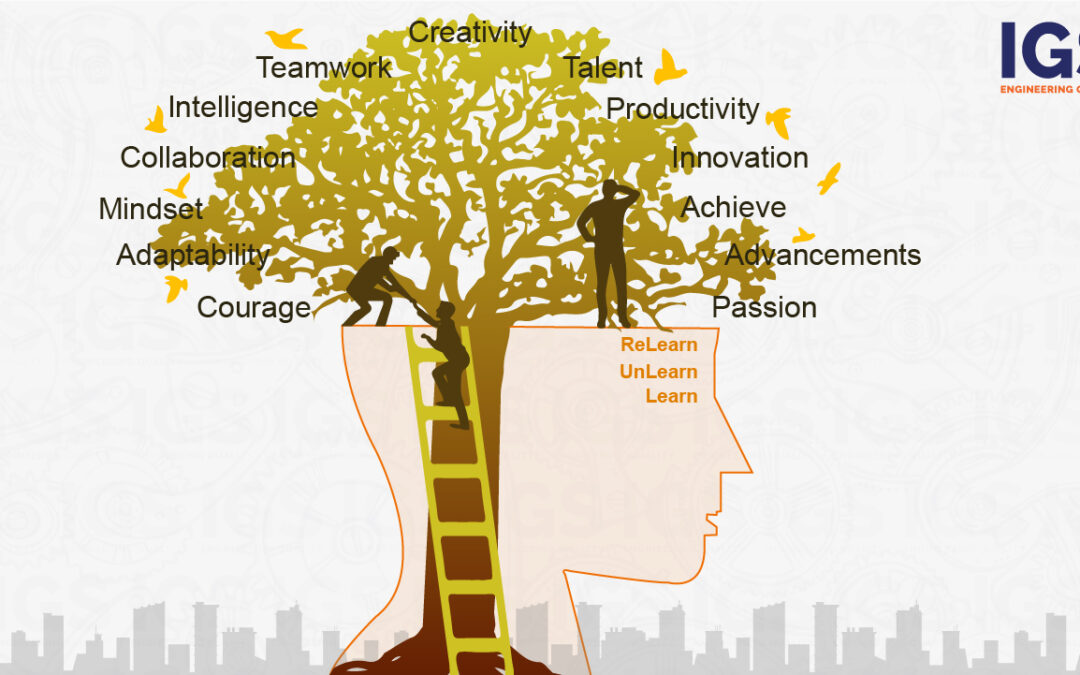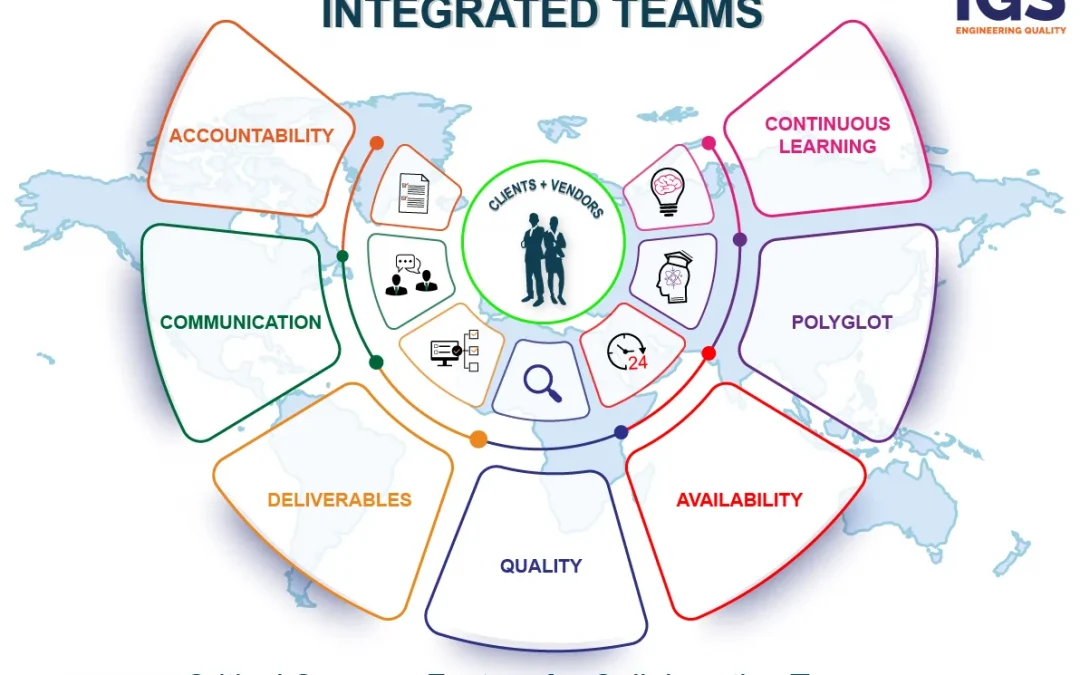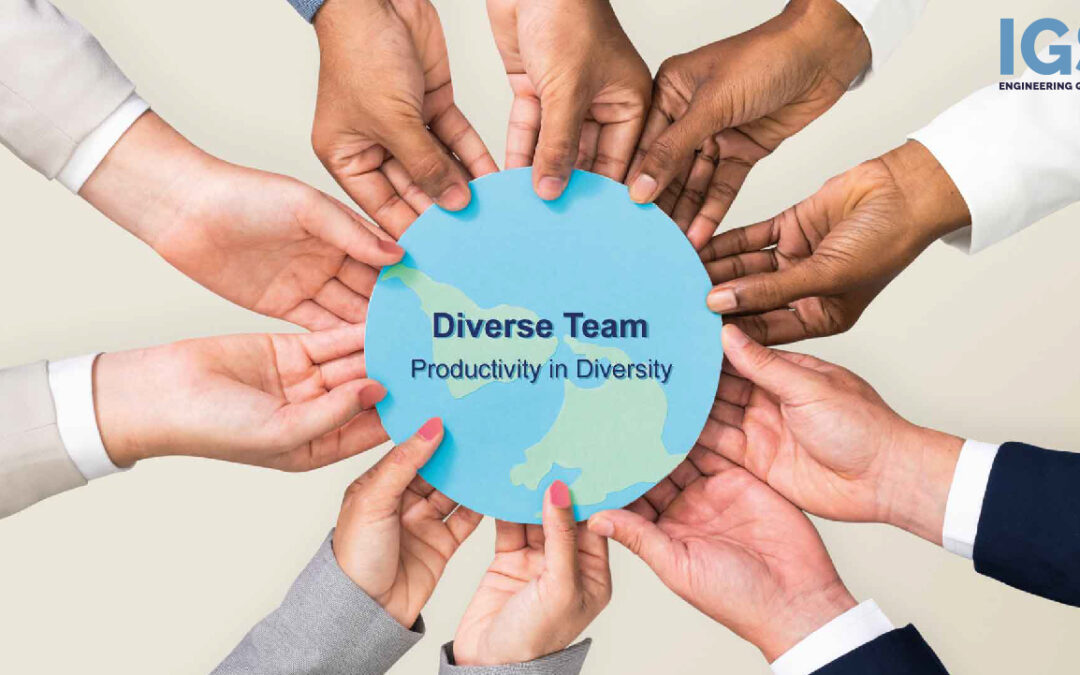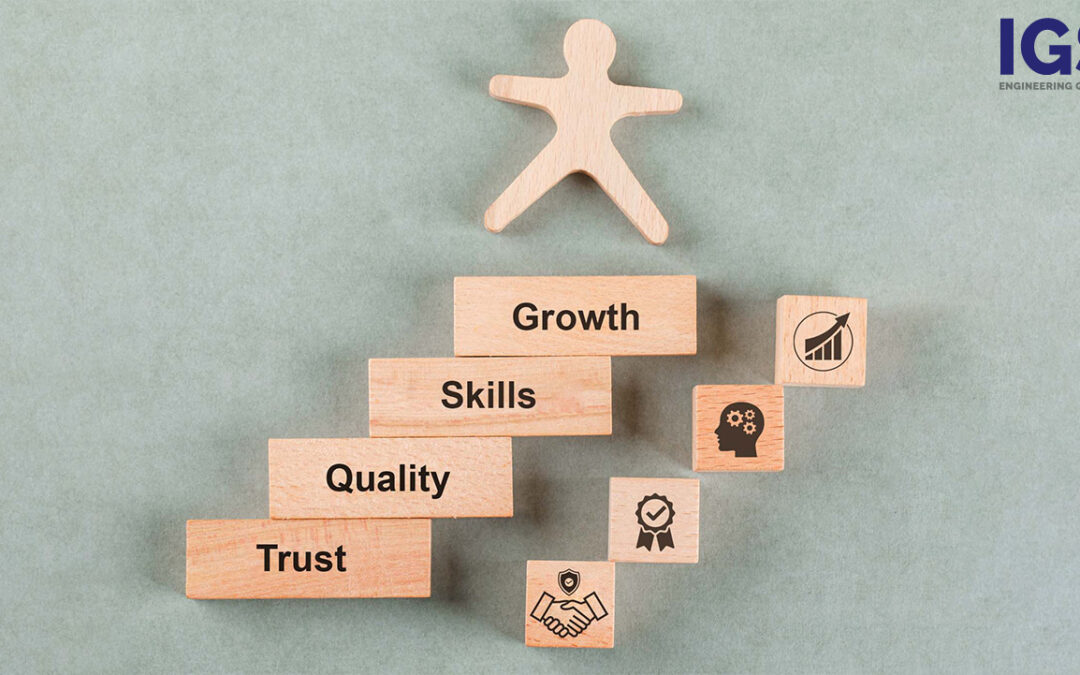
Quality of Experience Validation Impact: Unlocking OTT Success
Quality of Experience Validation Impact: Unlocking OTT Success
Author – Abhilash Suryanarayan ( OTT Practice Lead)
Introduction
Over the years, Quality of Experience (QoE) validation has emerged as the backbone of success for Over-The-Top (OTT) platforms. In this blog, we explore the indispensable role of QoE validation, how it is performed through advanced solutions and its profound impact on OTT business. Reading this blog will help you ensure seamless content delivery, optimize user engagement and drive customer loyalty.
The Core of QoE Validation
At the heart of QoE validation lies the need to evaluate application performance from users’ perspective. Solutions like Witbe offers comprehensive analytics, monitoring capabilities and real-time insights into video quality, buffering, response and playback rate.
According to a study by Ericsson ConsumerLab, 75% of viewers consider good video quality the most crucial factor in their streaming experience.
These insights empower testing teams to identify and address issues proactively, ensuring a seamless streaming experience for users.
Elevating User Satisfaction & Engagement
User satisfaction is crucial for the success of OTT platforms.
According to research by Deloitte, 79% of users cancel their subscriptions due to buffering and poor video quality.“Everyone can grow in growth mindset, while fixed mindsets imprison your creativity.”
QoE validation solutions, such as HeadSpin, play a crucial role in elevating user experience and engagement. With HeadSpin’s cloud-based testing platform, QA teams can assess application performance under varied network conditions. By leveraging these capabilities, OTT platforms can proactively identify and resolve network-related issues, improve response rates, minimize interruptions and optimize user engagement.
Impact on Customer Retention & Revenue
Reducing churn rates and maximizing revenue are key priorities for OTT businesses.
Research by Conviva found that OTT platforms with excellent QoE experienced a 7.6% increase in viewing hours and a 4.3% growth in advertising impressions.
QoE validation solutions like MOZARK’s end-to-end video testing solution help platforms detect video quality degradation and buffering incidents, enabling them to optimize their content delivery infrastructure. By leveraging MOZARK’s data insights, OTT platforms can boost customer retention, reduce churn rates and drive revenue growth by delivering seamless and immersive viewing experience.
Driving Brand Loyalty & Advocacy
Brand loyalty and advocacy are essential for the long-term success of OTT platforms.
A research study by Brightcove states that 48% of consumers are more likely to remain loyal to platforms providing a better streaming experience.
Witbe, with its comprehensive analytics and monitoring capabilities, enables OTT platforms to deliver exceptional user experiences, fostering customer trust and brand loyalty. By consistently upgrading functionality backed by Witbe, platforms can solidify their position as industry leaders and build a strong community of loyal users who advocate for their brand.
Leveraging QoE Insights for Business Strategy
The insights provided by QoE validation solutions empower OTT platforms to make data-driven decisions and shape business strategies.
According to Conviva’s State of Streaming report, OTT platforms with excellent QoE experienced a 4.3% growth in advertising impressions.
GameBench, with its performance testing capabilities, allows testing teams to measure metrics such as frame rates and latency, ensuring smooth streaming experiences across different devices. By leveraging GameBench’s insights, platforms can optimize content delivery, identify areas for improvement and provide a superior QoE, giving them a competitive edge in the OTT landscape.
Context-Aware Experience: The Key to QoE on OTT Across Devices
To truly elevate the Quality of Experience (QoE) for OTT users, context-aware experiences play a pivotal role in meeting their preferences and expectations across various devices.
According to Ericsson ConsumerLab, 73% of viewers prefer personalized content recommendations.
Whether users are accessing content through mobile devices, web browsers, smart TVs, or wearables, tailoring watch experience to their specific contexts becomes essential. For instance, recommending local news in the morning or offering binge-worthy series during weekends enhances user satisfaction and increases user engagement. The ability to seamlessly continue watching from where the user left off on another device ensures a consistent and immersive experience.
Conclusion
QoE validation solutions like Witbe, HeadSpin, MOZARK and GameBench play a pivotal role in driving OTT excellence. By integrating these solutions into their workflows, OTT platforms can ensure seamless content delivery, optimize user satisfaction and engagement and drive customer loyalty.
Leveraging the comprehensive analytics, monitoring and testing capabilities of these solutions, platforms can deliver exceptional QoE, solidify brand reputation and thrive in the competitive OTT landscape.
At IGS, our specialization in quality engineering for OTT platforms brings a unique focus on the humane aspects of quality. While automated testing is essential & benchmarking tools help us derive the metrics and insights required to provide recommendations for code optimization which eventually results in better app performance, we take a pragmatic approach by also considering the user’s perspective and experience.
This is achieved as part of a manual benchmarking activity wherein the actual QoE KPIs and related metrics are captured, compared and analyzed with competitor apps.
By integrating Generative AI and emphasizing Shift-Left procedures like Ambiguity Analysis and Developing Sharper Acceptance criteria and tests, we proactively identify potential defects and optimize the user experience. Our approach adds tremendous value by uncovering issues before they impact users, enhancing customer satisfaction and reducing churn rates. With our expertise and deep industry knowledge, we provide tailored quality engineering services that prioritize user-centricity.


 In the digital entertainment world, QoE is directly proportional to unbuffered streaming and other factors, but for sake of this discussion, lets focus on seamless viewing experience. OTT players lose memberships when there is a lack in QoE. Similarly, drop in OTT subscriptions causes dip in data traffic affecting business for Telcos. Since unbuffered streaming is one of the critical factors for customer retention and acquisition; CDNs are planting local servers for content distribution globally and are using large size caching to store content regionally and hyper locally to reduce buffering by avoiding round-trip transit to the content server. Thereby acting as a catalyst for streaming experience.CDN’s are QoE brokers for OTT’s and play the role of market disrupters, who have pushed users to increase data and content usage. Within this ecosystem, CDN’s have become the main influencers and profit earners, as their involvement has been largely in providing local servers. They also address the Security aspects and function as Shock-absorbers for the OTT Content servers.
In the digital entertainment world, QoE is directly proportional to unbuffered streaming and other factors, but for sake of this discussion, lets focus on seamless viewing experience. OTT players lose memberships when there is a lack in QoE. Similarly, drop in OTT subscriptions causes dip in data traffic affecting business for Telcos. Since unbuffered streaming is one of the critical factors for customer retention and acquisition; CDNs are planting local servers for content distribution globally and are using large size caching to store content regionally and hyper locally to reduce buffering by avoiding round-trip transit to the content server. Thereby acting as a catalyst for streaming experience.CDN’s are QoE brokers for OTT’s and play the role of market disrupters, who have pushed users to increase data and content usage. Within this ecosystem, CDN’s have become the main influencers and profit earners, as their involvement has been largely in providing local servers. They also address the Security aspects and function as Shock-absorbers for the OTT Content servers.
 The average traffic per smartphone in India was 18.4 GB per month in 2021 and is expected to grow to 50 GB per month by 2027.The added live OTT traffic directly results in higher network costs, needing the investment in network upgrades. According to global CDN figures, peak OTT traffic is expected to grow by 70–80% on a yearly basis. With 5G, consumer messaging will be focused on higher bandwidth and lower latency, which will make multitude of streaming videos available via internet. Without a huge capital outlay, anyone with a 5G connection can be a content originator, making it possible to content creators to access their markets with higher streaming quality than ever before.
The average traffic per smartphone in India was 18.4 GB per month in 2021 and is expected to grow to 50 GB per month by 2027.The added live OTT traffic directly results in higher network costs, needing the investment in network upgrades. According to global CDN figures, peak OTT traffic is expected to grow by 70–80% on a yearly basis. With 5G, consumer messaging will be focused on higher bandwidth and lower latency, which will make multitude of streaming videos available via internet. Without a huge capital outlay, anyone with a 5G connection can be a content originator, making it possible to content creators to access their markets with higher streaming quality than ever before.












